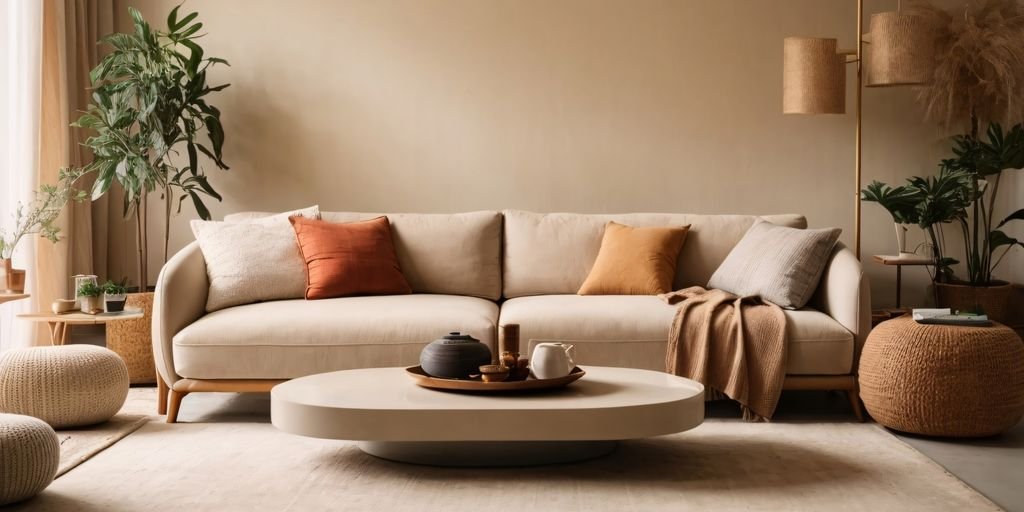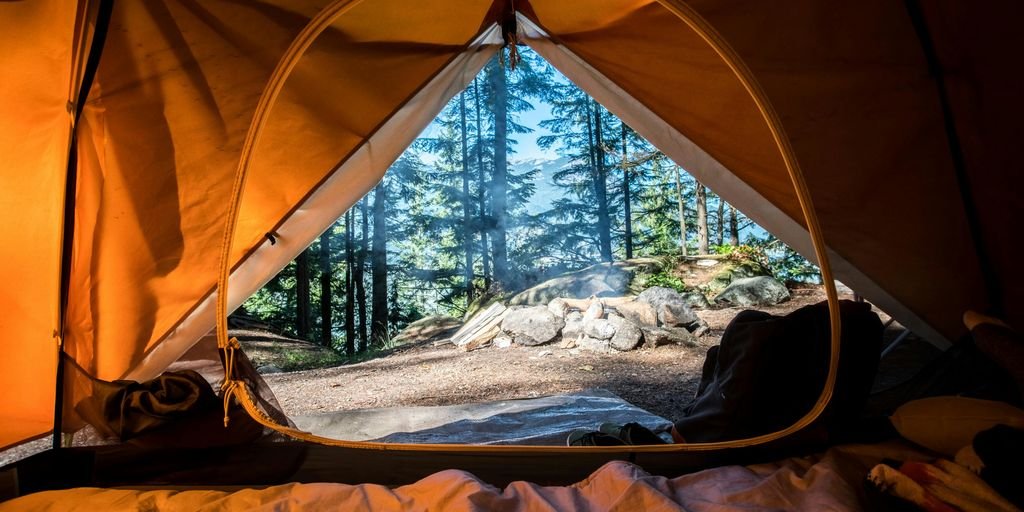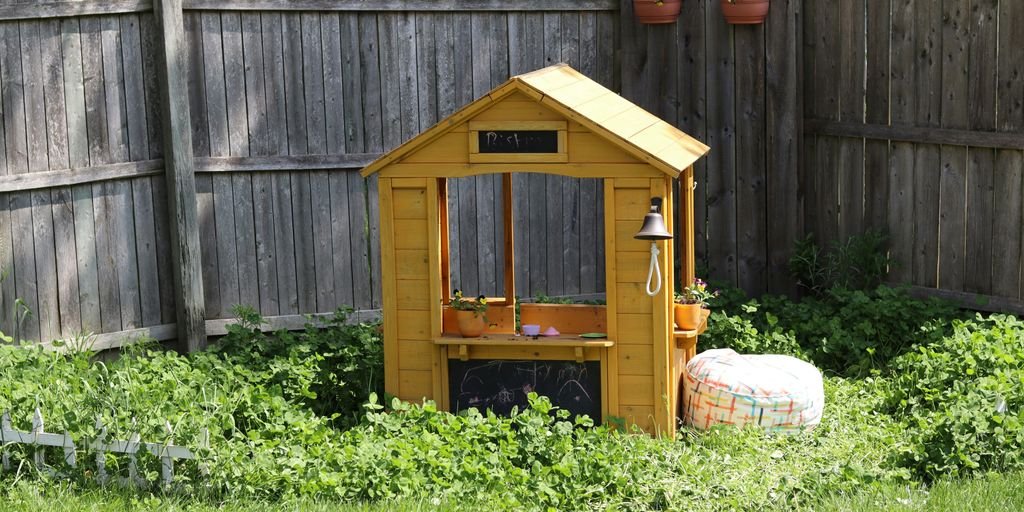Creating the perfect outdoor living space can transform your home into a serene retreat or an entertainment hub. Whether you have a sprawling backyard or a compact patio, thoughtful planning and design can help you maximize your outdoor area. From choosing the right furniture to incorporating greenery and functional elements, these tips and tricks will guide you in crafting an outdoor space that suits your lifestyle and aesthetic preferences.
Key Takeaways
- Select comfortable and durable furniture that fits your space and style.
- Incorporate a mix of ambient, task, and accent lighting to create a versatile atmosphere.
- Add greenery and plants to enhance the natural beauty and tranquility of your outdoor space.
- Define distinct areas using natural borders and varying levels to create cozy and functional zones.
- Personalize your space with colors, art, and decor to reflect your unique taste and make it truly your own.
Choosing the Right Furniture

Comfort and Durability
When selecting outdoor furniture, comfort and durability should be your top priorities. Opt for weather-resistant materials like teak, aluminum, or synthetic wicker that can withstand the elements. Cushions should be made from quick-drying foam and covered with UV-resistant fabric to prevent fading and mildew.
Space Considerations
Consider the size and layout of your outdoor area. Measure the space to ensure your furniture fits comfortably without overcrowding. Multi-functional furniture, such as benches with storage or tables that double as containers, can help maximize your space.
Style and Aesthetics
Your outdoor furniture should reflect your personal style and complement your indoor decor. Instead of matching sets, mix and match pieces to create a cohesive yet eclectic look. Use colors and patterns to bring your interior style outside, creating a seamless transition between your indoor and outdoor living spaces.
Remember, the goal is to create a comfortable and inviting outdoor space that you and your guests will enjoy.
Incorporating Lighting Solutions
Ambient Lighting
Ambient lighting is essential for creating a warm and inviting atmosphere in your outdoor living space. Use adequate (and attractive) lighting to ensure your area is well-lit but not overly bright. Consider options like string lights, lanterns, and hanging pendants to add an ambient glow to your outdoor space.
Task Lighting
Task lighting is crucial for functional areas such as outdoor kitchens and dining spaces. Illuminate outdoor cooking areas to allow more meal prep to be done outside. Make sure paths, walkways, and steps are all lit well enough for people to see where they’re going. This not only enhances safety but also adds to the overall aesthetic of your outdoor area.
Accent Lighting
Accent lighting helps to create visual interest and expand the feel of the space. You can achieve this by up-lighting trees or fencing farther out in the yard. Decorative lighting can also be used to brighten steps and pathways, adding both beauty and functionality to your outdoor living space.
Whichever lighting sources you choose, be sure to position them carefully. You don’t want beams of light glaring into your (or your neighbours’) windows, and you don’t want to create light pollution that dims the beauty of a starlit night spent outdoors.
Adding Greenery and Plants
You’re already outside, so why not make the most of it and liven up your outdoor area with plenty of plants and greenery? Don’t restrict yourself just to garden beds and potted plants – think outside the box and incorporate greenery in different ways. Thread a trellis with blooming vines; brighten up a wall with small pot plants held in brackets. You could even consider an entire vertical garden, which is a striking wall-mounted option for herbs and other small plants!
Defining Spaces with Borders and Levels
Breaking up the space with levels and well-defined boundaries is a great way to add some design and character to your garden. Feel like your garden is a little flat and dull? The perfect outdoor living room should look the part as well as being functional. We all love to look out on our garden and see a reflection of what you’ve built.
Enhancing Privacy
Using Fences and Screens
Boundaries can be crucial for blocking out unwanted sounds, sights, and sun. Create a visual barrier from unsightly views such as interstates, parking lots, or neighboring properties with strategically placed potted plants, green walls, trellises, or hanging curtains. If possible, consider installing a fence for added privacy.
Planting Privacy Hedges
Hedges are a natural and aesthetically pleasing way to enhance privacy in your outdoor living space. They can also serve as a windbreak and reduce noise pollution. Choose fast-growing varieties like Leyland Cypress or Thuja Green Giant for quicker results.
Incorporating Pergolas and Gazebos
Pergolas and gazebos not only provide shade but also add an element of privacy. These structures can be adorned with climbing plants or curtains to create a secluded and cozy atmosphere. They are perfect for defining specific areas within your outdoor space, such as dining or lounging zones.
Consider nature when planning your privacy solutions. Use hedges or screens to block out unsightly eyesores while making the most of the views your property has to offer.
Incorporating Functional Elements
Creating a beautiful and functional outdoor living space involves incorporating various functional elements that enhance both usability and aesthetics. Here are some key components to consider:
Outdoor Kitchens
An outdoor kitchen can transform your backyard into a culinary haven. Having a dedicated space for cooking and dining outdoors not only adds convenience but also encourages more time spent outside. Consider including a grill, a small refrigerator, and ample counter space for food preparation.
Fire Pits and Heaters
Fire pits and heaters are essential for extending the usability of your outdoor space into the cooler months. They provide warmth and create a cozy atmosphere for gatherings. Options range from traditional wood-burning fire pits to modern gas heaters, allowing you to choose what best fits your style and needs.
Water Features
Incorporating water features like fountains, ponds, or waterfalls can add a soothing ambiance to your outdoor area. These elements not only enhance the visual appeal but also create a relaxing environment with the sound of flowing water. Whether you opt for a small tabletop fountain or a larger pond, water features can significantly elevate your outdoor living experience.
Personalizing Your Space
Choosing a Color Scheme
Selecting the right color scheme can transform your outdoor space into a comfortable retreat that feels like home. Opt for calming colors that blend well with the natural surroundings. You can also experiment with bold hues to create a vibrant atmosphere.
Adding Personal Touches
Incorporate unique vintage finds and other personal items to make the space truly yours. This could include anything from family heirlooms to travel souvenirs. The key is to create a space that reflects your personality and style.
Incorporating Art and Decor
Art and decor play a crucial role in personalizing your outdoor living area. Consider adding sculptures, wall hangings, or even a small water feature to enhance the aesthetic appeal. Mix and match materials to create a cohesive yet eclectic look.
Transforming each new space into a comfortable retreat that feels like home is essential for creating an outdoor living area that you and your family will love.
Conclusion
Creating the perfect outdoor living space is a rewarding endeavor that allows you to extend your home’s comfort and style into the open air. By incorporating complementary furniture, warm lighting, and thoughtful design elements like borders and levels, you can craft a space that is both functional and inviting. Whether your goal is to create a serene retreat for relaxation or a lively area for entertaining guests, these tips and tricks will help you maximize your creative instincts and make the most of your outdoor area. Remember, the ideal outdoor living space is one that reflects your personal style and meets your unique needs. With careful planning and a bit of creativity, you’ll be well on your way to enjoying a beautiful and functional outdoor living space that you, your family, and your friends will love.
Frequently Asked Questions
What type of furniture is best for outdoor living spaces?
When choosing furniture for outdoor living spaces, prioritize comfort and durability. Opt for weather-resistant materials like teak, aluminum, or synthetic wicker. Cushions should be made from quick-drying, UV-resistant fabric.
How can I create a cozy atmosphere with lighting?
Incorporate a mix of ambient, task, and accent lighting. Use string lights, lanterns, and solar-powered garden lights for ambient lighting. Task lighting can include focused lights for cooking or reading areas, while accent lighting highlights specific features like plants or water elements.
What plants are suitable for outdoor living spaces?
Select plants that thrive in your climate and require minimal maintenance. Consider a mix of perennials, annuals, and shrubs. Succulents, ornamental grasses, and potted herbs are great options for adding greenery.
How can I enhance privacy in my outdoor living space?
Use a combination of fences, screens, and privacy hedges. Incorporating pergolas and gazebos can also create secluded areas. Climbing plants and trellises can add an extra layer of privacy.
What are some tips for defining different areas in my outdoor space?
Use natural borders like plants and stones, and incorporate different levels with decking or terracing. Creating cozy corners with seating arrangements and outdoor rugs can also help define distinct areas.
How do I maintain my outdoor living space?
Regular maintenance is key. Clean furniture and cushions periodically, trim plants, and check lighting fixtures. Cover furniture when not in use and store cushions during inclement weather to prolong their lifespan.



